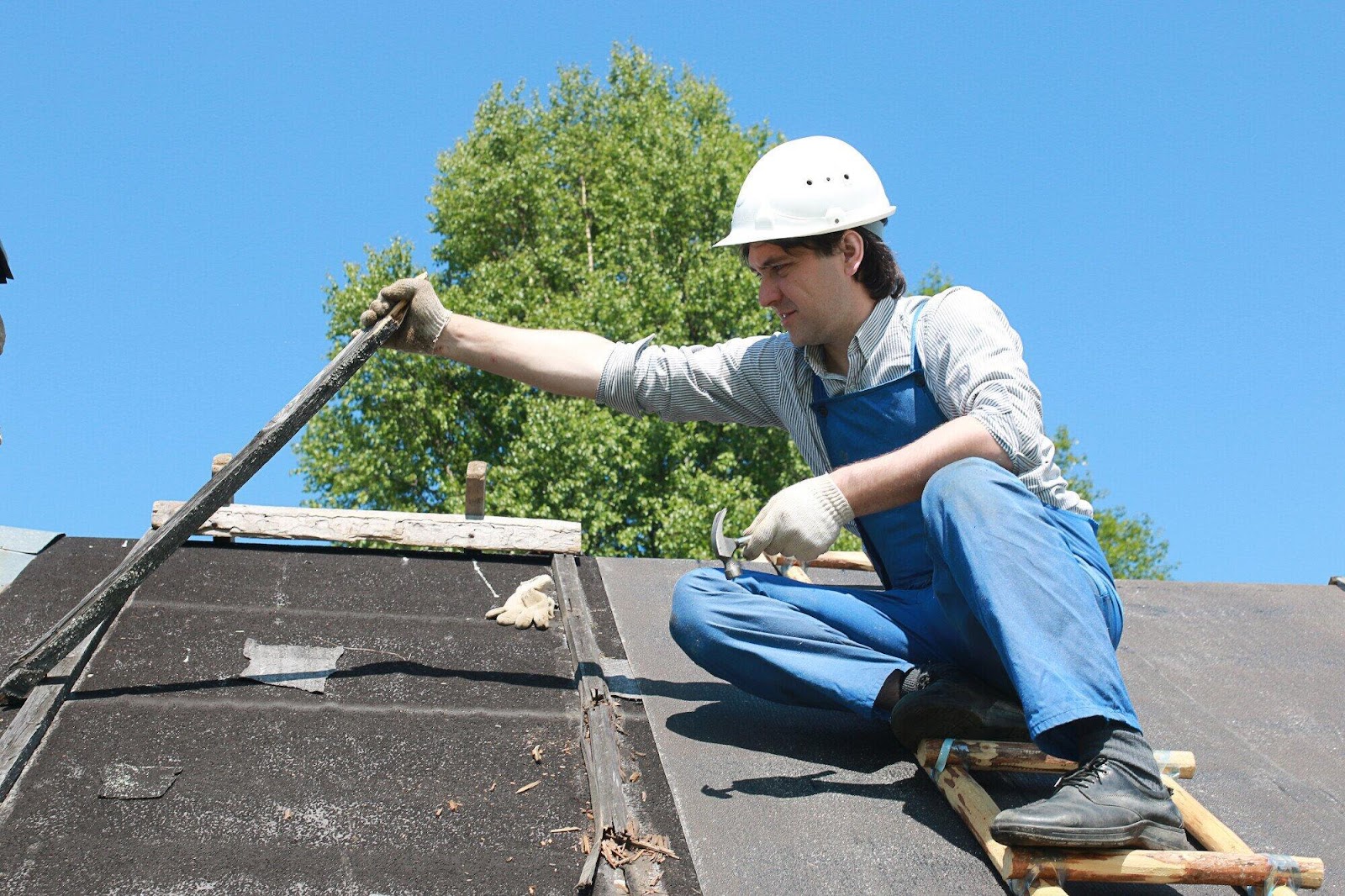You step into the conservatory and either swelter or shiver; there never seems to be a comfortable middle ground. You’ve tried blinds, heaters—still, the glass box ignores the season you prefer.
Before giving up on the space, consider how a modern conservatory roof replacement rethinks insulation, ventilation, and light. Understanding why the original roof fails is the first step toward reclaiming a room you can enjoy year-round in any season.
Why Temperature Swings Happen
A conservatory’s shimmering glass looks idyllic, yet the same panes often sabotage comfort. Understanding the science behind those wild highs and lows is the first step toward solving them.
The Sun-Trap Effect
Sunlight glides through clear panels, strikes floors and furniture, and turns into long-wave heat that can’t easily escape. The result is an accidental greenhouse even in mild weather.
Mid-Winter Heat Exodus
When outside temperatures plummet, single-skin glass lets warm indoor air rush out faster than walls can replace it. Even radiators struggle to keep pace with the losses.
Ventilation Shortcuts
Many legacy roof designs rely on trickle vents that clog or are shut for security. Stagnant air magnifies both summer stuffiness and winter damp, compounding discomfort.
Material Mismatch
Lightweight polycarbonate panels minimize cost but also offer minimal insulation. Swapping them for thermally broken products is the quickest way to tame seasonal extremes.
Hidden Roof Heat Loss
Heating bills soar because most warmth isn’t slipping through the doors—it’s vanishing skyward. Around eighty percent of a conservatory’s winter heat escapes via the roof.
- Thin glazing bleeds warmth. Single or dated double glazing lacks the low-emissivity coatings that bounce interior heat back into the room instead of letting it drift outside.
- Gaps around rafters widen. Timber movement and seal degradation create invisible chimneys that funnel cosy air straight outdoors, especially on windy nights.
- Moisture kills insulation. Trapped condensation inside polycarbonate cells reduces their already meagre R-value, accelerating conductive and convective losses.
- Radiant night-sky cooling. Clear roofs “see” outer space at –60 °C on cloudless evenings, dragging indoor temperatures down even when air-temperatures remain above freezing.
Replacing the roof with insulated, tiled, or high-performance glass models can slash heat loss dramatically, a point underscored in industry energy-audit studies.
Insulation Weak Points
Quick-fix “clad-over” schemes promise miracles but often introduce fresh headaches. Examining their weak points ensures you avoid expensive regrets later.
Structural Overload
Adding timber battens and heavy quilts to glazing bars never designed for extra weight risks sagging or catastrophic collapse during a heavy snowfall.
Ventilation Blockage
Sealing the roof’s internal void turns the space into a giant plastic bag. Trapped heat in summer and trapped moisture in winter create mold and warping.
Fire-Safety Blind Spots
Many retro-fit linings lack the required fire ratings for habitable rooms. Insurance claims can fail if untested materials contribute to flame spread.
Modern Tiled Roofs
Solid, lightweight tiled roofs have re-imagined what a conservatory can be, turning glassy add-ons into true extensions that feel like the rest of your home.
- Year-round comfort. Multi-layer insulation, vapour barriers, and plastered ceilings give U-values as low as 0.15, rivalling new-build standards.
- Acoustic serenity. Tiles hush hammering rain and buffer neighbourhood noise, making conversations and movie nights far more enjoyable.
- Architectural harmony. Matching tile colours and pitches blend the conservatory seamlessly with your main roof, boosting curb appeal and resale value.
- Integrated rooflights. Optional glass panels or Velux windows preserve daylight while keeping summer glare and winter heat loss in check.
Lightweight metal or composite rafters mean installations rarely need additional foundations, so you achieve dramatic results faster than you might imagine.
Glass Roof Upgrades
If you crave sky views but hate sauna summers, advanced glazing technologies can deliver the best of both worlds without bricks or tiles.
Solar-Control Coatings
Microscopic layers reflect up to 78 % of incoming infrared while letting visible light through, trimming peak temperatures by double-digit percentages.
Argon-Filled Double-Glazing
Replacing tired units with argon or krypton-filled panes drops the U-value to around 1.0, instantly improving winter warmth without darkening the room.
Self-Cleaning Glass
A hydrophilic outer layer uses UV light and rain to break down dirt, ensuring clear views and maximum thermal performance with minimal maintenance.
Step-By-Step Replacement
Knowing the workflow demystifies the project and helps you plan family life around the upgrade with minimal disruption.
- Site survey and design. Technicians record precise dimensions, roof pitch, and structural loads to create bespoke panels that fit perfectly the first time.
- Safe strip-out. Old glazing is removed methodically, with protective coverings safeguarding floors and gardens from accidental breakage.
- Frame integrity check. Any rotten or twisted members are replaced or reinforced so the new roof sits on a solid, warrantied base.
- Panel installation. Insulated tiles or high-tech glass lock into aluminium rafters, then are weather-sealed to fend off driving rain and gale-force winds.
- Interior finishing. Plasterboard, down-lights, and fresh paint transform the inside from conservatory to cosy lounge or sleek home office.
A competent team completes many projects within a week, letting you enjoy the refreshed space almost immediately.
Timing A Roof Change
Scheduling your replacement wisely minimises stress and maximises savings. Consider these timing insights before signing any contracts.
Seasonal Advantages
Spring and early autumn offer mild weather, reducing risks of weather-related delays and keeping internal temperatures comfortable during installation.
Lead-Time Logistics
Manufacturers often need four to six weeks to fabricate bespoke roofs. Approve designs early to secure your ideal installation window.
Holiday Downtime
If you travel during school breaks, coordinate with installers so disruption happens while the family is away, returning to a finished transformation.
Comfort Achieved
You now know why conservatory temperatures swing, where heat sneaks away, and how modern glass or tiled systems seal the gaps. Assess your glazing, calculate U-values, and schedule replacement before extremes return. With a vetted installer and a clear plan, you can reclaim usable space all year with consistent comfort.

